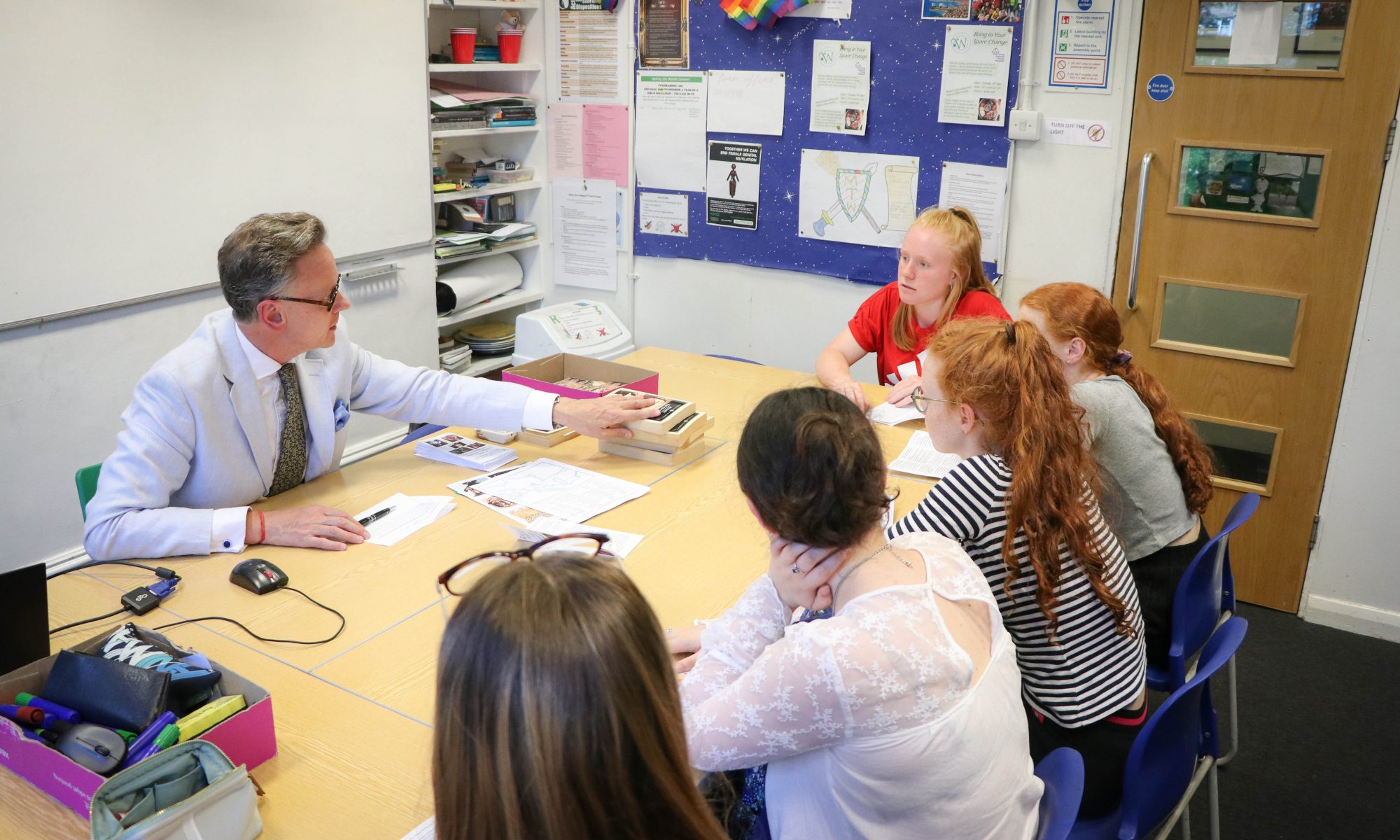In two very different lessons, I saw excellent examples of probing follow-up questioning. Rather than asking lots of students quick fire questions, Holly and Raj frequently pushed the same student to go further in their responses. This allowed them to really explore the extent of a student’s schema and avoids students giving shallow answers. It’s also great differentiation for the more able.

- Holly’s Year 13 History class were exploring the decolonisation of Africa. The lesson was in seminar form, so for the majority of the time pupils responded to each other in impressive student-led dialogue. However, Holly carefully intervened at times to ensure rigour of thought. After Aniya made a comment about the internal or external events of decolonisation, Holly asked her two follow up questions: “what do you mean by ‘internal’ and ‘external’? How can we define these terms?” …and then after Aniya’s response she probed further…“Is it as simple as that?”
- Raj asked excellent follow up questions in his Year 13 Physics lesson exploring error in measurement. His follow up questions forced students to justify their logic and reasoning, and they often then corrected themselves. For example, when thinking about the confidence in measurement of a kinked wire, he pushed pupil reasoning with two follow up questions; “How can you tell?”, “Ok, you could use a flattening iron to make it easier to measure, but what would that then effect?”
Why are probing follow-up questions effective?
- To assess a student’s schema (network of knowledge) in depth, teacher’s will need to ask the student follow up questions.
- Asking a variety of different students quick-fire questions can add pace to the lesson, but it can also lead to students giving shallow answers.
- Rather than pupil sound bites, we want developed pupil responses giving them a chance to articulate and justify their thinking or to explain their logic.
- Probing with follow ups is a way to avoid sound bites. It is also a good way to differentiate and challenge the most able.



